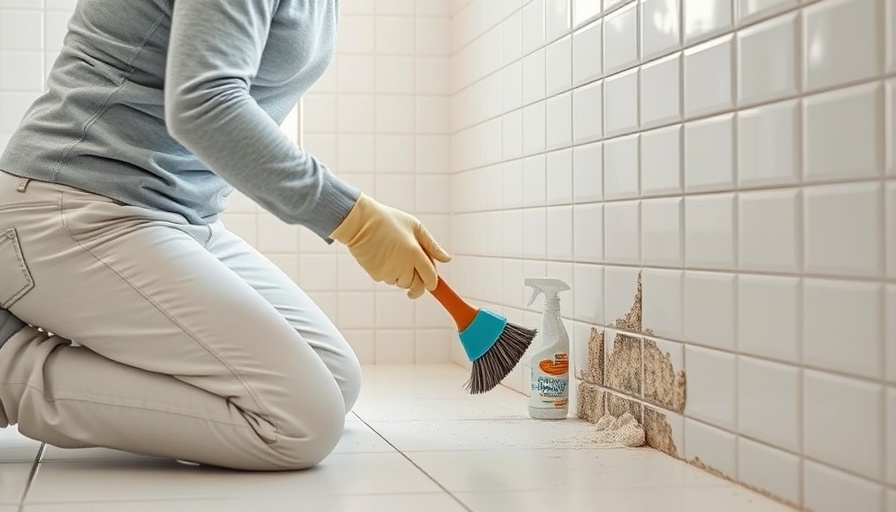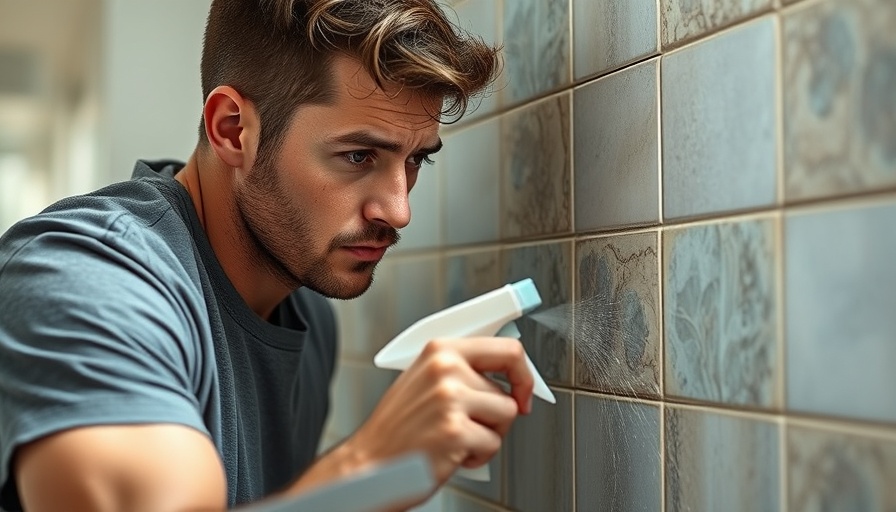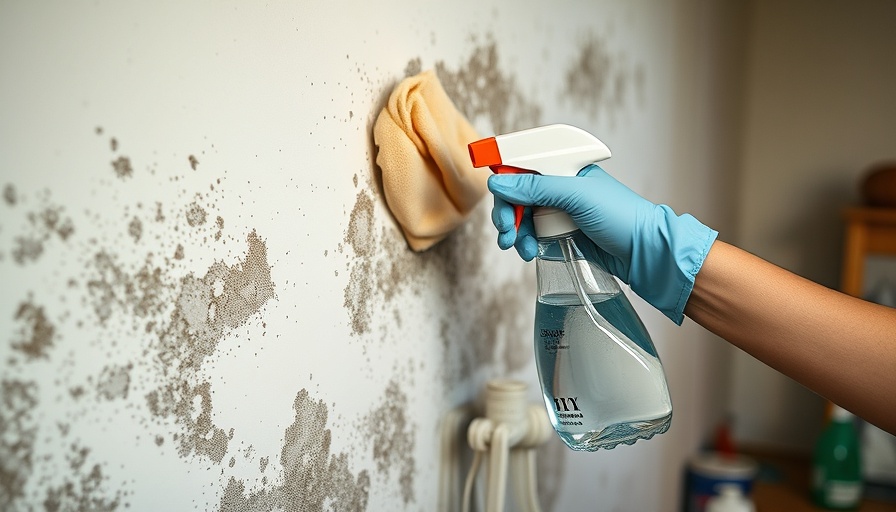
Understanding Mold: The Basics and How to Combat It
Mold is a pervasive type of fungus that thrives in damp environments, and understanding its impact is essential, particularly for Portland residents. As the climate here nurtures lush greenery and frequent rains, it also creates perfect conditions for mold growth. While mold plays an important ecological role outside by breaking down organic materials, its presence in our homes becomes problematic. It can release spores into the air, contributing to serious health risks, including allergies and respiratory issues.
In Portland, common mold types such as Stachybotrys (often referred to as black mold) and Aspergillus can be detrimental to health when left unchecked. Identifying and understanding mold’s effects on your home and family is the first step in preventing and addressing mold growth effectively.
Key Prevention Techniques for Portland Homes
Preventing mold from taking hold in your home goes a long way toward ensuring a healthy living environment. Start by controlling moisture, which is key in Portland's damp climate. Dehumidifiers can help maintain humidity levels below 50%, an optimum level for discouraging mold growth. Ensure proper ventilation in moisture-prone areas like kitchens, bathrooms, and basements; adding exhaust fans can make a significant difference in airflow.
Regular property maintenance is vital. Make it a habit to inspect gutters and downspouts, ensuring they're clear so rainwater is directed away from the foundation. Sealing windows and doors tight will also help keep moisture out. Lastly, consider using mold-resistant materials when renovating or building.
Identifying Mold: What to Look For
Knowing how to spot mold early is crucial in preventing extensive damage. Mold typically looks like black, green, or white spots in areas that tend to be damp. One of the most evident signs is a musty odor that suggest mold's presence even if it isn’t visible. Regular inspection of common hideaways such as under sinks, behind appliances, and in carpets is imperative, especially after heavy rains.
Health symptoms like increased allergic reactions or respiratory issues are also indicators that mold might be present. If you notice these symptoms coinciding with dampness in your home or find visible mold, take action immediately.
Essential Tools and Materials for Effective DIY Mold Removal
If you suspect mold is present and decide to tackle it yourself, being prepared with the right tools is essential for safe and effective remediation. Wear protective gear such as gloves, goggles, and an N95 respirator to prevent inhalation of spores. For cleaning, you can mix water and vinegar or use commercial mold removers, which have proven effective.
Key tools include scrub brushes, sponges, buckets, and a vacuum with a HEPA filter for cleaning up small mold spores. Having these items readily available will streamline your mold removal efforts.
The Step-by-Step DIY Mold Removal Process
To embark on a DIY mold removal, follow these detailed steps:
- Find and Fix the Moisture Source: Identify leaks or damp areas and address them before removing mold. Otherwise, it will likely return.
- Use Protective Gear: Always wear long sleeves and a proper mask to prevent exposure.
- Isolate Affected Areas: Seal off the infected area with plastic sheeting to prevent spores from spreading.
- Remove Mold: Clean non-porous surfaces with a soap-and-water mixture and dispose of porous materials like carpets and drywall that are contaminated.
- Thoroughly Clean and Disinfect: Follow up cleaning using a mold-killing solution on all remaining surfaces.
- Dry Everything Thoroughly: Use dehumidifiers or fans to dry out affected areas completely.
- Monitor: After cleanup, inspect regularly for signs of recurring mold and moisture.
Why Early Action is Crucial in Mold Prevention
When mold develops, it can spread quickly and become a significant health and structural concern. Mold can start to grow within 24-48 hours of water exposure, which makes prompt action vital. If you suspect water damage or an unexplained musty smell, swift intervention will help to mitigate further damage and costly repairs.
Remember, even small leaks can lead to substantial problems over time. It's essential to conduct regular inspections and repair leaks promptly to avoid future mold issues.
Seeking Professional Help: When to Get Experts Involved
If you encounter extensive mold growth (greater than 10 square feet), mold caused by hazardous materials like sewage, or if individuals in your home have existing health issues, reaching out for professional assistance is advisable. Experts can provide specialized testing, thorough clean-up, and help ensure that your family remains safe from potential mold-related risks.
In conclusion, being proactive about mold prevention and removal is essential for maintaining a healthy home in Portland's damp climate. Adopting effective DIY mold removal techniques can empower you to tackle mold issues confidently and ensure your home remains safe and welcoming for everyone.
Ready to take action against mold in your home? For personalized advice or assistance, don't hesitate to reach out to local experts who can guide you through the process. Protect your health and property today!
 Add Row
Add Row  Add
Add 




 Add Row
Add Row  Add
Add 

Write A Comment